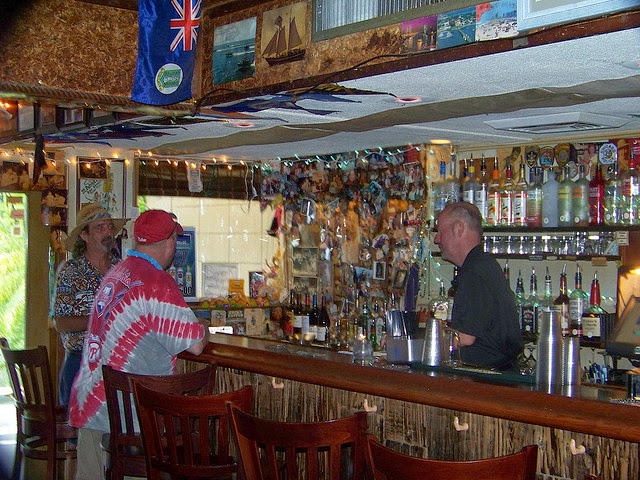

For instance, a bar could contain 2 quarter note, and 4 eighth notes (sum it together and you have 4 quarter notes total) or it could contain 1 half note, 1 quarter note, and 4 sixteenth note (sum it together and you have 4 quarter notes total). Any combination of rhythms can be used as long as they add up to 4 quarter notes. In a time signature of 4/4, all the notes in each bar must add up to 4 quarter notes. Rhythm, in basic terms, is a pattern of regular or irregular beats within a bar. So now to confuse you even more, we are going to talk about rhythm within a bar. So with that being said, on a time signature the bottom number corresponds to note value (mentioned above…1=whole note 2=half note) and the top number is how many beats you must have in that bar. A time signature of 6/8 means count 6 eighth notes to each bar.

A time signature of 3/4 means count 3 quarter notes to each bar. So a time signature of 4/4 means count 4 (top number) quarter notes to each bar.

So the only numbers you will see as the bottom number (the second number) will correspond to note values 1=whole note (you will never see this), 2=half note, 4=quarter note, 8-eigth note, etc. That is, whether to count the beats as quarter notes, half notes, eighth notes, sixteenth notes, etc. The second number (bottom number) tells you what kind of notes to count. I n time signature of 4/4 the first number (top number) tells you how many beats to count. On sheet music, they are actually on top of each other like a fraction but since I can’t type like that they are side by side.Ī time signature of 4/4 is the most common used time signature but you can also have 2/4, 3/4, 6/8, etc. The 4/4 is called a time signature and it tells you what to count and how many. This video walks through the different building block of a track in Ableton Live. You can also add a final sense by adding a Coda, or strong cadence at the end of your track. Some son’s don’t have an outro and others have a long outro. Outro: This is used to resolve the song and come in for a smooth landing.When the next part comes in, it will have a lot more energy and should be the climax of the piece.

Usually no beat and last 8 measures or 16.


 0 kommentar(er)
0 kommentar(er)
